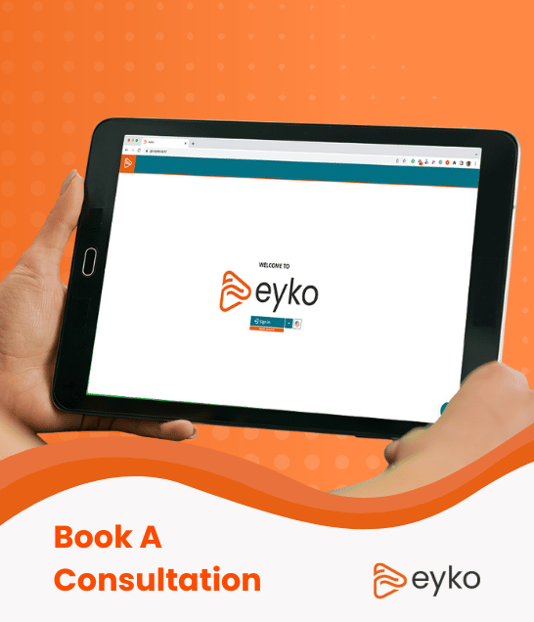To learn more about eyko’s Financial Statement templates watch this video.
Financial Statement Reports in Power BI
Power BI and Financial Statement Report Creation – Discover the eyko Magic!
Welcome to the third article in my series on Power BI adoption in the enterprise. In my first article, I highlighted several factors limiting wider adoption, one of the biggest being the challenge of creating, formatting, and styling financial reports.
There's a paradox here: if you've followed the analytics market, you know Power BI has been widely adopted by enterprise organizations globally—and you'd be right. However, I regularly encounter Power BI users who share a common frustration: formatting reports, especially financial statements.
To expand my research beyond a few conversations, I reached out to Power BI user groups on Reddit and LinkedIn for feedback on structuring, styling, and formatting financial statements. I won’t share all the responses, but a clear pattern emerged: report builders need to get very creative to meet the strict formatting demands of financial reports.
Here are a few quotes to illustrate the challenge (I’ve kept the authors anonymous):
- “A project team at my company chose not to use Power BI for a public-facing dashboard because they couldn’t get the right look for the visuals or fonts.”
- “Unless you’re working with a large dataset, building financial statements in Power BI isn’t worth the hassle. You need different hierarchies, measures, and still can’t get the formatting right.”
- “It’s a lot of pivoting, unpivoting, measures, and calculated columns to force things into place. It’s complicated and frustrating.”
- “Building financial statements in Power BI is so difficult.”
As I’ve noted in previous articles, our team at eyko loves Power BI for its flexibility, rich features, and ability to adapt to customer needs. However, in working with Office of Finance teams, we repeatedly ran into roadblocks when creating financial reports like income statements, balance sheets, and cash flows.
To address these adoption challenges, we built a custom series of financial report templates on top of Power BI. These templates allow us to deliver reports in formats that meet the strict requirements of finance teams and still retain the interactive slicers and page filter options within Power BI.
With eyko, users can quickly select financial report templates, point their data to the report, and choose their preferred styling—ensuring the report adheres to CFO-approved formats. Below is a screenshot of an income statement built with eyko, featuring formatting details like single and double underlining—something an experienced Power BI developer knows is not natively available in Power BI.
Income Statement built in eyko:
And of course, no finance team would be satisfied without the ability to export the data to Microsoft Excel. Finance teams expect pixel-perfect, high-fidelity reports when exporting to Excel or PDF. The next two screenshots show the same report exported to Excel and PDF, with formatting consistency across both.
Income Statement Excel export:
Income Statement PDF Export:
Share this
You May Also Like
These Related Stories

People Still Use SQL!?

Realize the Full Potential of Power BI with eyko




